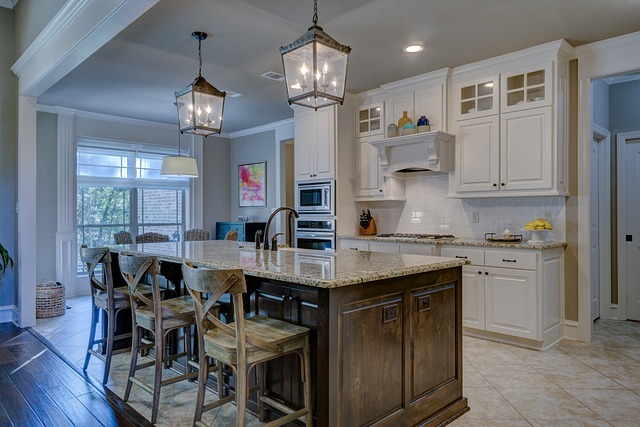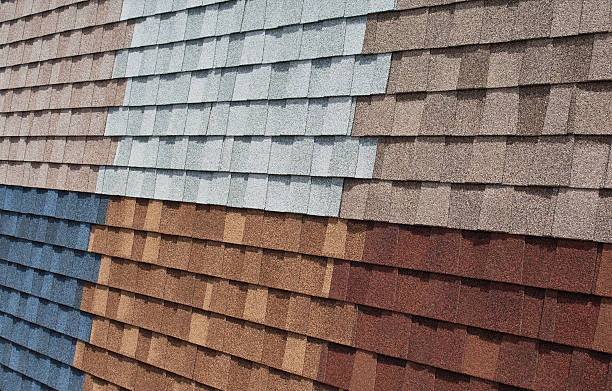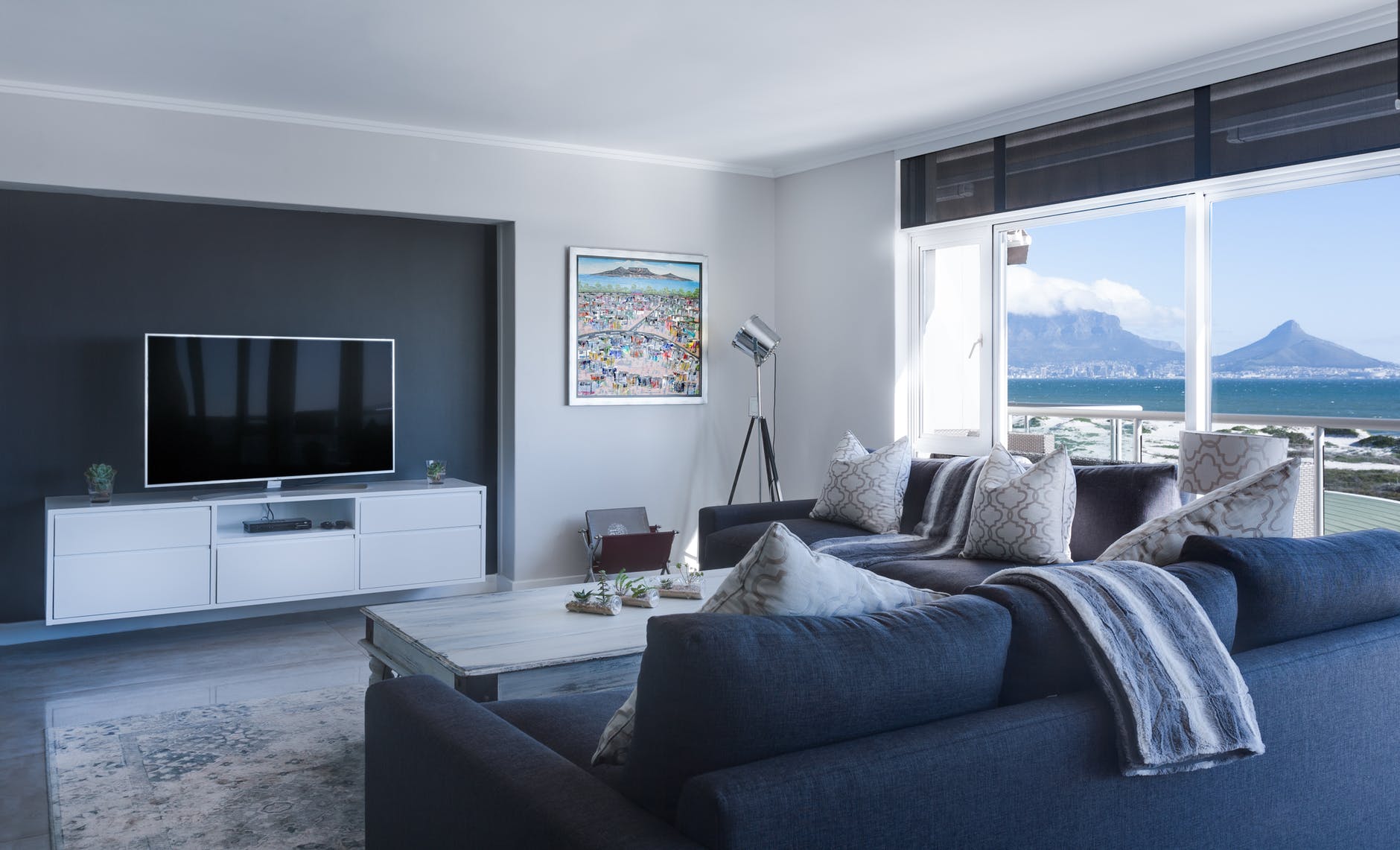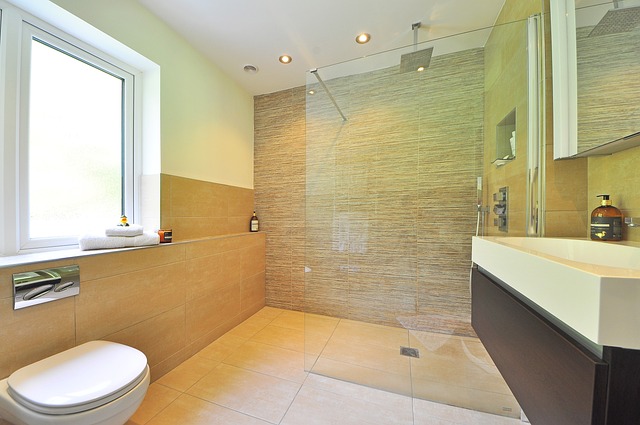Tips for Converting Your Garage Into a Livable Space

You have dozens of reasons to add an extension to your home. You can add space for your family to live and increase your home’s value. Plus, you get to switch up your design. Unfortunately, all it takes is one con to counteract that long list of pros: building an extension is expensive.
But you can try a more cost-effective option. Rather than constructing a new space, take an old space and convert it. The garage is the perfect candidate for this project. Just follow our tips for converting your garage into a livable space.
Decide What You Want To Use it For
Every project needs a vision to be successful, and home improvement is no exception. If you’re having trouble deciding how to use your garage, here are some ideas to consider:
- Guest room
- Workout room
- Playroom
- Office or study
- Home theatre
- Home recording studio
- Man-cave or she-shed
Your final vision will change what the remodeling process looks like. For instance, you can get away with unfinished floors and walls for a workout room, but you’ll have to add the walls and soundproof the room if you’re building a home recording studio.
Handle Zoning
Because a garage isn’t intended for these uses, you’ll likely need a permit. This is especially important for areas that require homes to have covered parking on their property. Consider whether your community has rules about parking on the street before you decide to go without your indoor parking.
Steps for Converting Your Garage Into a Living Space
Look For Flaws
Before you reach for a hammer or a can of paint, you should thoroughly examine your space for anything that may negatively impact it later. Garages face exposure to moisture and humidity, making them hot spots for mildew. And since painting over mildew can prove disastrous, you’ll want to remove it instead. Also, keep an eye out for foundational cracks or pests.
Insulation
If you want your room to be comfortable all year round, you need insulation. Your garage windows or doors may leak air that will force an AC or heating unit to work overtime. Consider replacing or insulating them if you haven’t already.
Walls and Floors
Some garages already have drywall and finished floors, but you will likely need to install them yourself. Be wary of vents, outlets, and studs when installing drywall. You can consider adding sleepers to elevate the floor since garage flooring tends to be lower than the rest of the house.
Light
You can add natural and artificial light. You may need to add a window or two to maximize the former. For the latter, be sure to consult a professional about how much electricity your garage can handle and whether you’ll need to rewire it.





